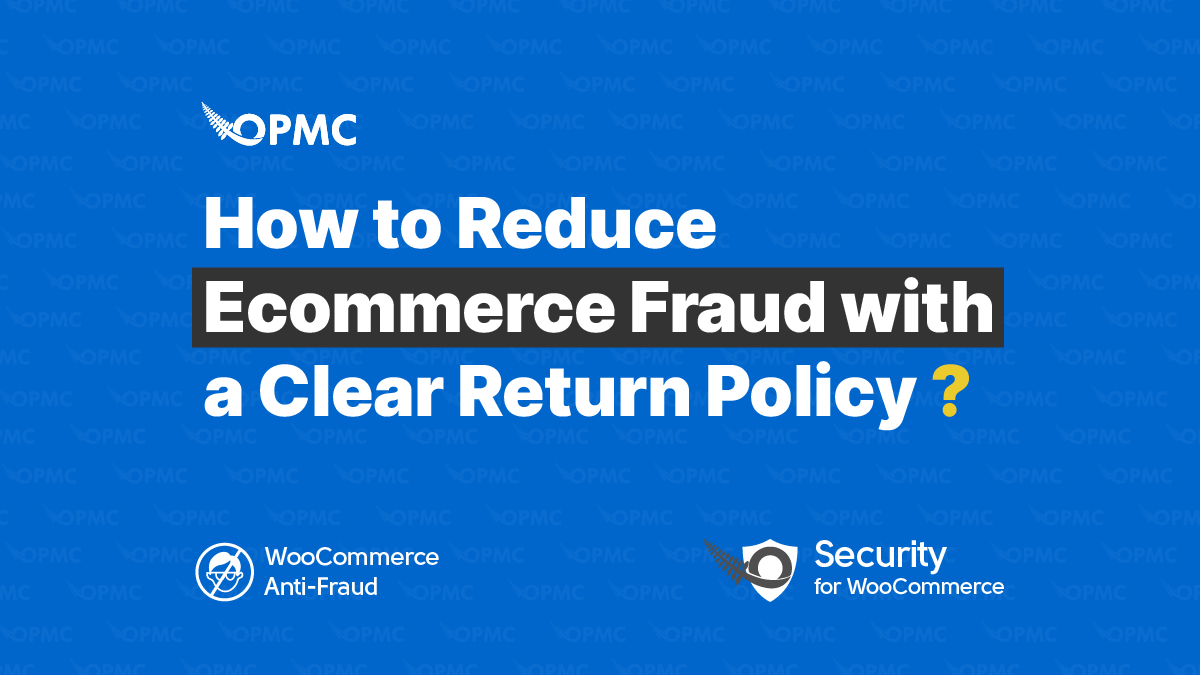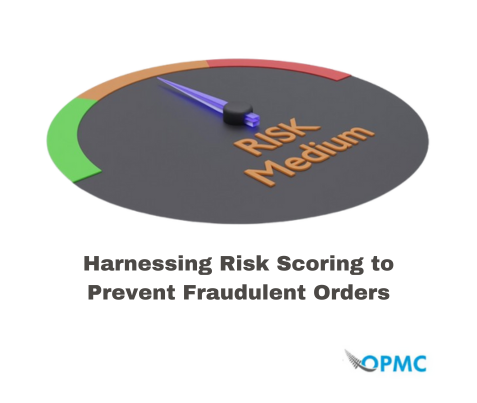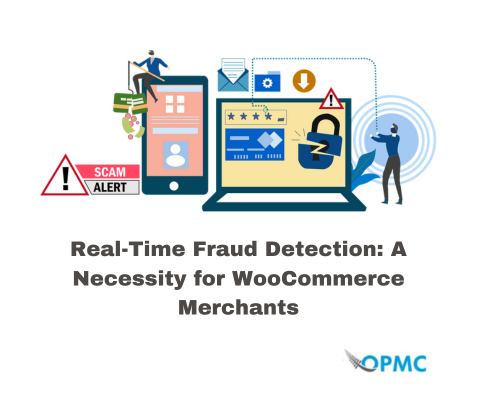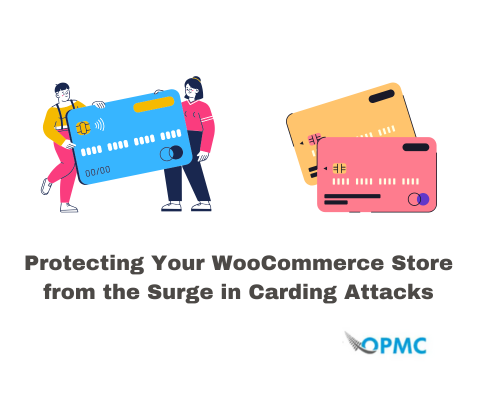A clear return policy can deter fraudulent purchases by making it clear that the seller will not accept returns for certain types of items or under certain circumstances. This can discourage fraudulent buyers from attempting to return items that they never purchased or did not receive as described. Clear return policy can also make it easier for legitimate customers to return items that they are not satisfied with, which can reduce the risk of chargebacks and other forms of fraud.
You’ve probably heard about the recent rise in ecommerce fraud, which has resulted in several merchants being held accountable for fraudulent transactions.
While some businesses have been able to manage this risk by implementing measures like more secure payment gateways and requesting the security code on credit cards, they still need to figure out how to deal with return policies that are abused by customers.
If you have an effective return policy that reduces ecommerce fraud while also building trust with your customers, then you’re on the right track. If not? Well, then keep reading!
What is an Ecommerce Return Policy?
By creating a clear and specific return policy, you can minimize the possibility that customers will attempt to make fraudulent returns in your store.
For example, if you have an extremely liberal return policy with no restrictions on who can make a return or what items can be returned for cash or credit (commonly referred to as “no questions asked”), you may find yourself spending a significant amount of money from paying out refunds due to customers attempting to abuse their privileges under this generous policy.
This can dramatically reduce your ability to reinvest in your business or pocket more profit at the end of the quarter.
How Does it Reduce Ecommerce Fraud?
A clear return policy makes it easier for sellers and buyers to communicate about returns, so they can get back on track sooner than they would otherwise have been able to do so. This improves customer satisfaction as well as loyalty, which can lead to more sales in the future!
Returns requests will decrease over time since people won’t feel like wasting their time waiting for a response from an unclear policy.
All in all, these return policies empower your customers while improving the overall experience with your online store.
Tips to Build an Effective Ecommerce Return Policy
1 – Designate a Reasonable Time Frame
2 – Layout Clear Conditions You’ll Accept a Returned Item
3 – Designate the Type of Refund or Credit They’ll Receive
If you offer a credit, make sure it’s easy for your customers to use within your store or on another site. For example, if you offer a $10 store credit for returned items above $50 and below $100, provide them with an approved link for purchasing new items at their convenience.
4 – Use Easy to Understand Language
You want them to clearly understand what they can and can’t do with their order but also be able to grasp the consequences of making a false claim for a refund or replacement product. So, write content your youngest potential buyer can understand and read.
5 – Make Sure Your Return Policy is Easy to Find
6 – Create an FAQ for Returns
As a rule of thumb, it’s always better to answer these questions before they come up. That way, you can focus on building relationships with customers instead of having to answer the same questions repeatedly.
7 – Be Transparent About any Return Fees
First, explain what the fee is for as clearly as possible on your ecommerce site. You don’t want customers having any confusion about whether they need to pay anything or not. Second, explain why this fee exists and where those funds are going (usually shipping).
If a customer disagrees with these policies and wants to make a complaint about them, then let them know how exactly they can do so—for example, by including an email address or phone number in your communications that link directly back to your customer support system.
A Clear Ecommerce Return Policy Builds Trust
A good return policy also helps you identify fraudulent returns. Fraudsters often try to get away with returning counterfeit items by claiming they’re defective products or damaged during shipment, but if you have an easy-to-understand process for handling legitimate returns (and only legitimate ones), then it’s much harder for them to pull off this scam successfully.
By setting up an easy way for your customers to make refunds—whether through an online form or over the phone—you’ll encourage them to shop at your store again in the future.
Get Started Now
After you have built and implemented an easy-to-understand return policy for your ecommerce business, check out our Anti-Fraud plugin for WooCommerce. This will add another layer of protection around your online store so you can reduce fraud and lower any expenses with illegitimate consumers.




